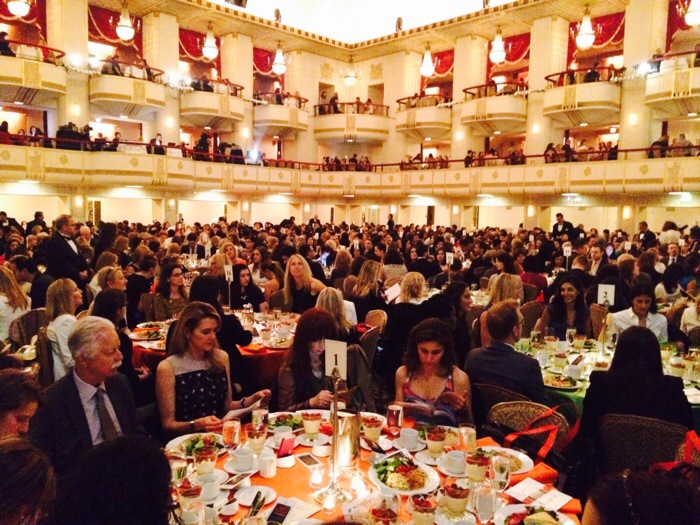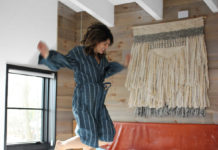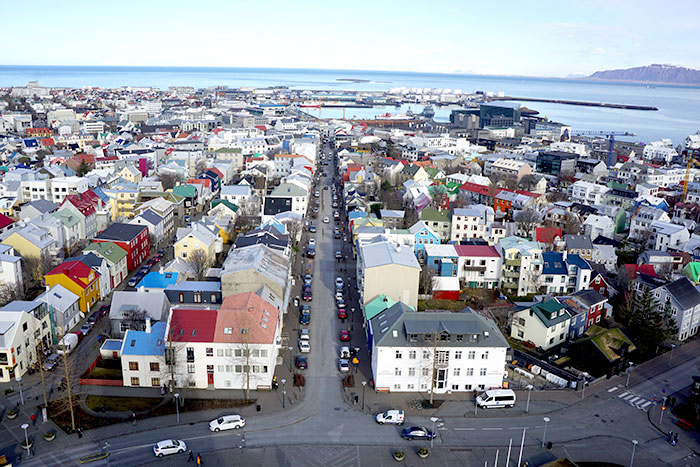In our previous travel guide, we talked about getting into the region and heading towards the Sacred Valley and Machu Picchu. After doing these activities, you can make a fun day trip with travel back towards Cusco.
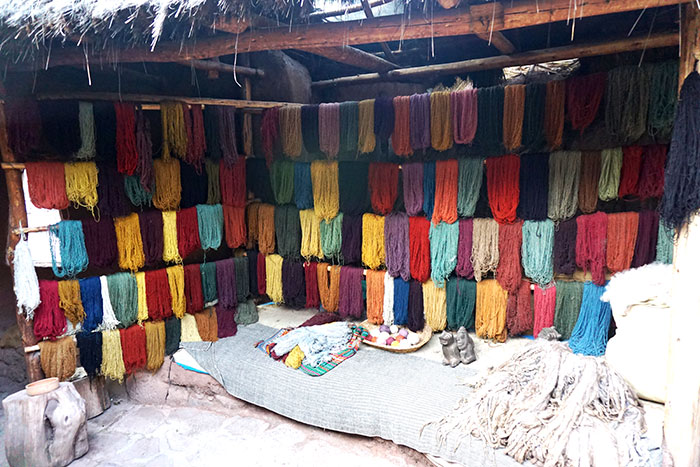
Various parts of the Valley were used different crops and resulted in unique cultures and crafts. You will find that ‘the best potatoes are from this part’, while ‘the best maize and corn is from over that mountain’. These parts of the Valley have their own distinct feel, personality and community and if you look close enough you cansee the nuances.
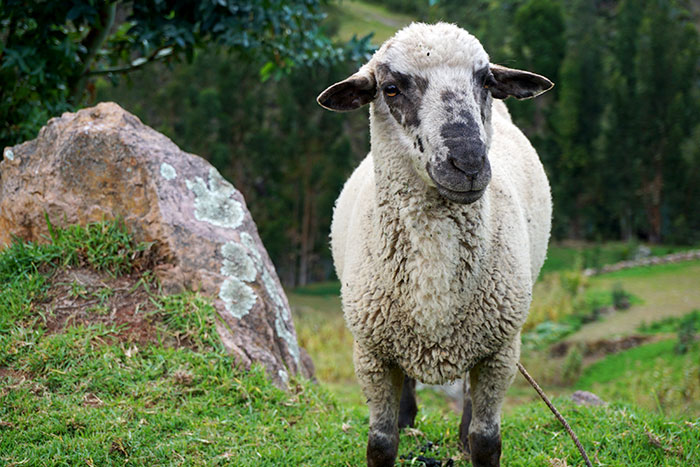
Our driver and tour guide met us and we spent about 5 hours getting back and toured several sights and towns such as the salt terraces (Salinas), the ruins of Calca, Pisac and the agricultural terraces of Moray/Maras. Our favorite find however was a random alpaca sanctuary on a nondescript road between Pisac and Cusco – we highly recommend it. All of this is very doable in a day when you have a driver and will cost between $50-100. So especially, if you’re traveling in a group of 4, it’s too cheap not to!
Manas and Salinas
The salt terraces located near Manas are not something you typically hear about but when you see them, they are amazing. As you approach it from the road above, you can start to appreciate the scale of the operation. 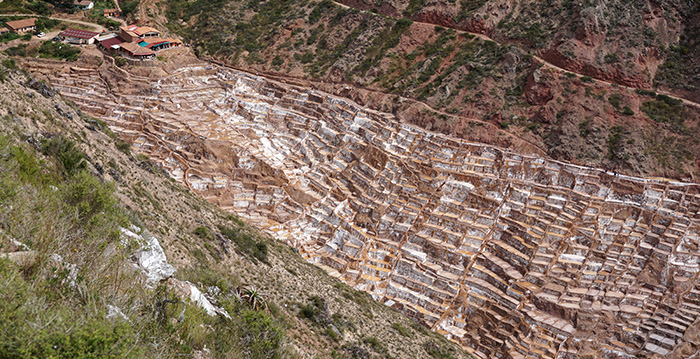
Water rushing out of the mountain bring salt to the terraces, many of which are owned and operated by the same families for many generations. You can purchase different kinds of salt at the market at the top of the hill.
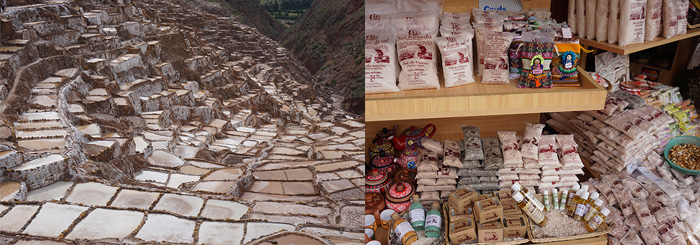
Another great reason for heading to this off the beaten path site is the beautiful scenery on the way. Everything looks like a postcard in the Sacred Valley. This is a field of quinoa – I never even knew what it looked like in the wild.
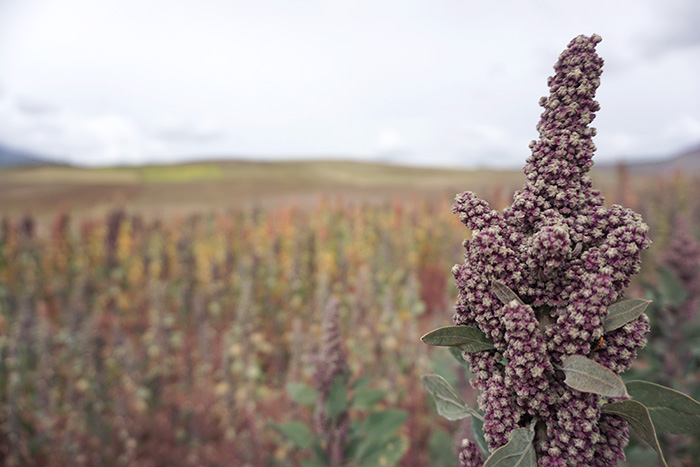
Can’t get much more free range than this, it made me so happy to see animals roam freely on a landscape that looks like a patchwork coat. Scenes like this are everywhere here, a land that seems about as opposite of the city hustle and bustle as you can imagine.
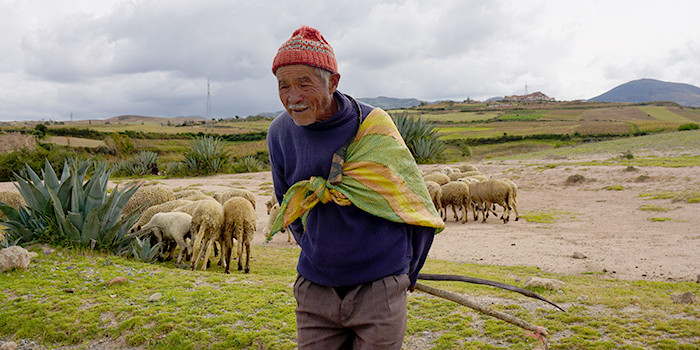
Moray
We weren’t able to make this one, but from what we read it is on our “wish we had” list. Agricultural terraces which were the agricultural testing grounds for the Incas, our guide spoke of stories on how they figured out where best to grow crops, splice seeds and make new species of crops that could do well at different altitudes. These crop scientists would then work with other Inca territories as a governmental service.
Pisac
Believed to defend the southern entrance of the Sacred Valley, it houses agricultural terraces that are still used today, much like other sites. There are ruins to see and one of the larger markets is in this area – don’t miss it as there are lots of crafts, garments and jewelry. Many say to negotiate at these markets, however we found that things were cheap enough that we didn’t really have to. Something tells us that tourist dollars go a long way for the local economy and at the current Dollar to Sole conversion rate, we weren’t hurting over a few Soles here or there.
This is a great place to stop or even spend a night in!
On the way from Pisac to Cusco, we stopped at Awana Kancha and saw llamas and alpacas. We stumbled into an interesting type of llama commune – we encourage anybody who sees it to stop, enjoy and make a donation.
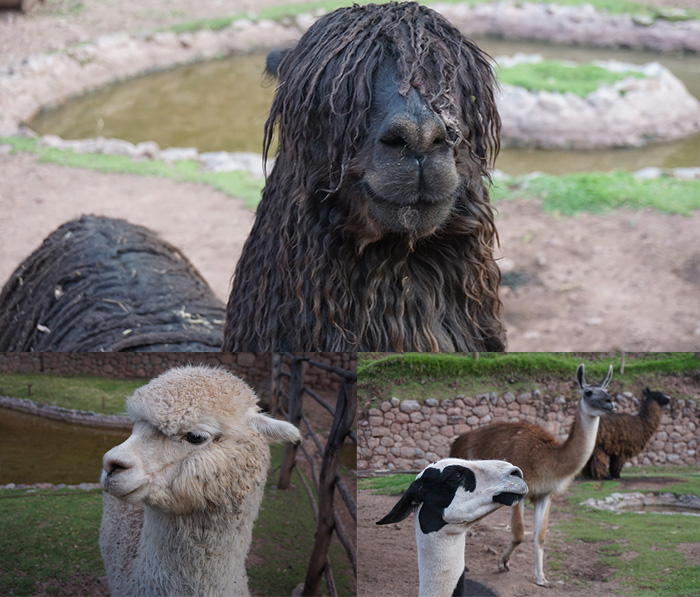
Calca
Between Urubamba and Pisac, there are ruins and traditional agricultural methods. We also noticed that there were a lot of guinea pigs on the menu here! We were starting to get ruined out, so we just stopped to admire it instead of paying the entrance fee (it’s a underwhelming after Machu Picchu) and headed on towards Cusco.
Saksaywaman
Sounds like “Sexy Woman”. A structure near Cusco that shows the proficiency of the Incas as stone builders. It was thought that this was the fort that overlooked and protected Cusco – when the Spaniards took the city they marvelled at the craftsmanship. So much that they ultimately looted the site and used most of the stones to build their own structures in Cusco, leaving only the biggest stones behind.
Also check out our Cusco guide HERE.



